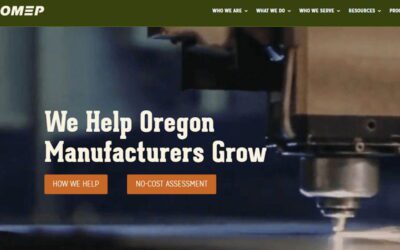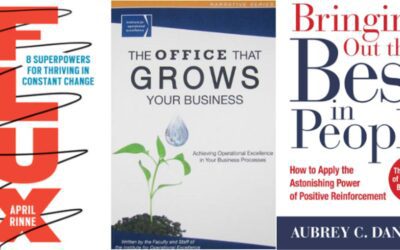The manufacturing industry is changing at a pace far surpassing previous decades, moving from the product era to the consumer era to the information era. At this pace, manufacturers are challenged to respond to the advances made by closely related industries, such as technology and retail.
To remain competitive and stimulate growth, manufacturers must embrace a marketplace that develops technology so quickly it becomes obsolete within months. This means understanding both the changing retail chains in the business-to-business market and the end users in the retail space.
Top 10 Retail Trends
To remain competitive, it’s important to understand industry trends beyond manufacturing and how they might affect how you conduct business. The retail industry’s top 10 trends in 2017:
Consumers
- Don’t underestimate social media influence, which results in $2.2 trillion retail dollars.[1]
- Customization of a product or service to meet the needs of an individual increases sales, which creates loyal consumers.
- Generation Z. This generation wields more than $44 billion in buying power and demands transaction speed and brand engagement.[2]
- The mobile customer has seven distinct needs: price, inventory, review and advice, personalization, store guidance, checkout, and loyalty.
Business Model
- Direct to consumer (DTC). With this paradigm shift toward a model that today’s consumer prefers, there’ve already been hundreds of store closures, and the number of retailers filing for Chapter 11 bankruptcy protection is heading toward its highest annual tally since the Great Recession.[3]
- Brick and mortar. Pressured by the DTC model, savvy brands and stores will need to utilize technology to add value to the customer experience and keep the doors open.
Technology
- Big data. There’s an incredible amount of consumer data available, and retailers that collect and analyze it have a stronger understanding of their customers.
- Retailers that invest large amounts of capital in protecting their data need an educated human firewall to successfully implement and maintain expensive technological security measures.
Tax and Compliance
- Border adjustment tax. Although unlikely, if passed as part of the Trump administration’s tax bill, retailers will be affected via proposed tax breaks on US exporters and additional taxes on US importers.
- Lease accounting update. Be prepared to invest time and resources to navigate reporting requirements, which will become effective in fiscal years beginning after December 15, 2018, including interim periods within those fiscal years.
Next Steps
An accounting professional and other advisors, including your OMEP business consultant, can help you better understand how your company’s growth strategies fit into a competitive marketplace that increasingly includes retail and technology companies.
Eric Balentine has been in public accounting since 2000. He specializes in manufacturing and distribution, consumer products, and technology entities. Eric can be reached at (503) 478-2152 or eric.balentine@mossadams.com. Assurance, tax, and consulting is offered through Moss Adams LLP. Wealth management is offered through Moss Adams Wealth Advisors LLC. Investment banking is offered through Moss Adams Capital LLC.
[1] “Marketers to Boost Influencer Budgets in 2017.” EMarketer. December 13, 2016. https://www.emarketer.com/Article/Marketers-Boost-Influencer-Budgets-2017/1014845
[2] Cheung, Jane, Simon Glass, David McCarty, and Christopher K. Wong. Uniquely Generation Z. Report. January 2017. http://www.generationy20.com/retail-generation-z.PDF
[3] “Retail Bankruptcies March Toward Post-Recession High.” CNBC. March 31, 2017. http://www.cnbc.com/2017/03/31/retail-bankruptcies-march-toward-post-recession-high.html
Photo by Clark Street Mercantile on Unsplash



